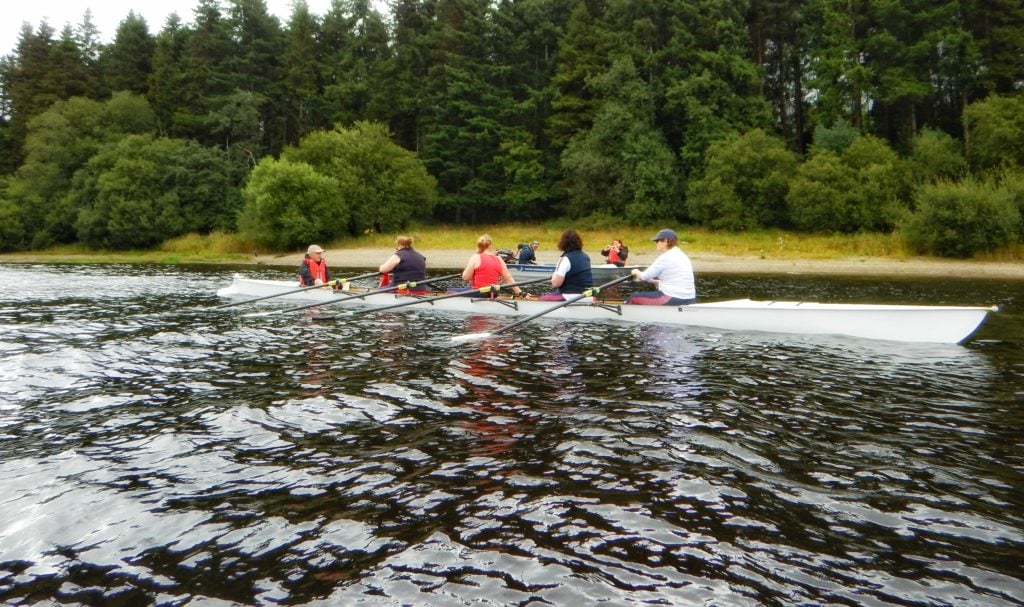
Rowing in Ireland with Rowing The World means being open to exploring different rivers. In short, go with the flow while rowing in Ireland.
The southeast of Ireland has a little bit of everything that Ireland is famous for, and more. If you like pastoral places, you’ll find the towns and villages here lovely and picturesque. Verdant forests and pastures flank beautiful rivers. If you like history and culture, you’ll be surprised to hear the drama of the Vikings and the modern traditional mix that is Kilkenny. Towns and cities have a long fishing and shipping heritage. Plus, sunny skies, the friendliest of locals, and great cheese, such as cheddar from Wexford and Triskel goat cheese from Waterford make rowing in Ireland sublime.
On our Ireland: Four Rivers trip, we know we will row four rivers but decisions on which ones are made on the conditions of the day. We will row the River Barrow, River Nore, and the River Blackwater. Whether we row the River Liffey or the River Suir is a planned surprise, as in surprise!–the wind blew up. Talk about going with the flow.
The May trip happens to be our second women-only trip, a tradition we started in Italy.
Having exceptional rowing rivers in close proximity is heaven. That those rivers happen to flow through the most explorable counties in Ireland is superb. The Liffey packs a lot of history in the County of Wicklow, starting at Blessington Lakes and flowing down to the sea in Dublin. River Blackwater is firmly in the County of Waterford, offering big vistas and crystal shops. River Barrow is a delightful twisting river touching the borders of three counties. The Nore is the little sister to the Barrow, an intimate rowing experience.
Here’s a little about each of them.
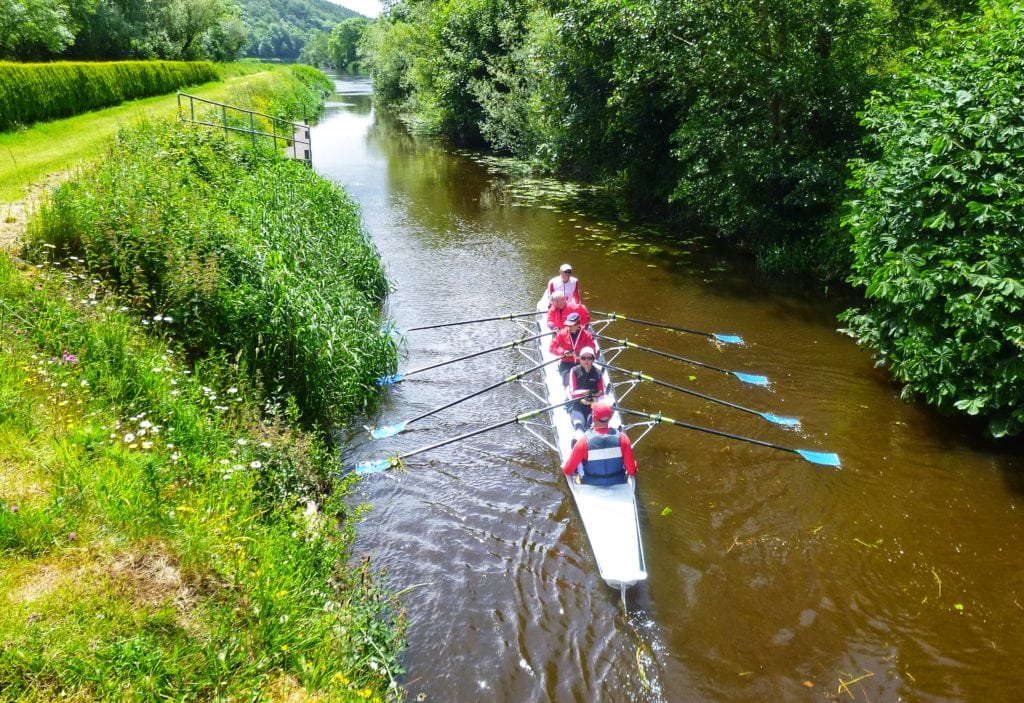
Though no lock is pictured on the River Barrow here, the river from Graignamanagh to New Ross passes through four locks before arriving in lovely St. Mullins.
River Barrow
The River Barrow from Graignamanagh to New Ross passes through four locks before arriving in lovely St. Mullins. To the first lock at St. Mullins, the winding river is lined with the towpath on one side and flows past low hills, reedy shores and oak forests. Soon, the nature of the river changes, as hills dip straight down into the water with no trace of towpath, nor people; simply wild woods. Eventually the water widens out, and New Ross appears. New Ross is famous for the Dunbrody Famine Ship, a replica of the “coffin ships” that were part of the huge emigration to America and Canada during the famine years in the second half of the 1800s. Traditional music may be playing in the local pubs.
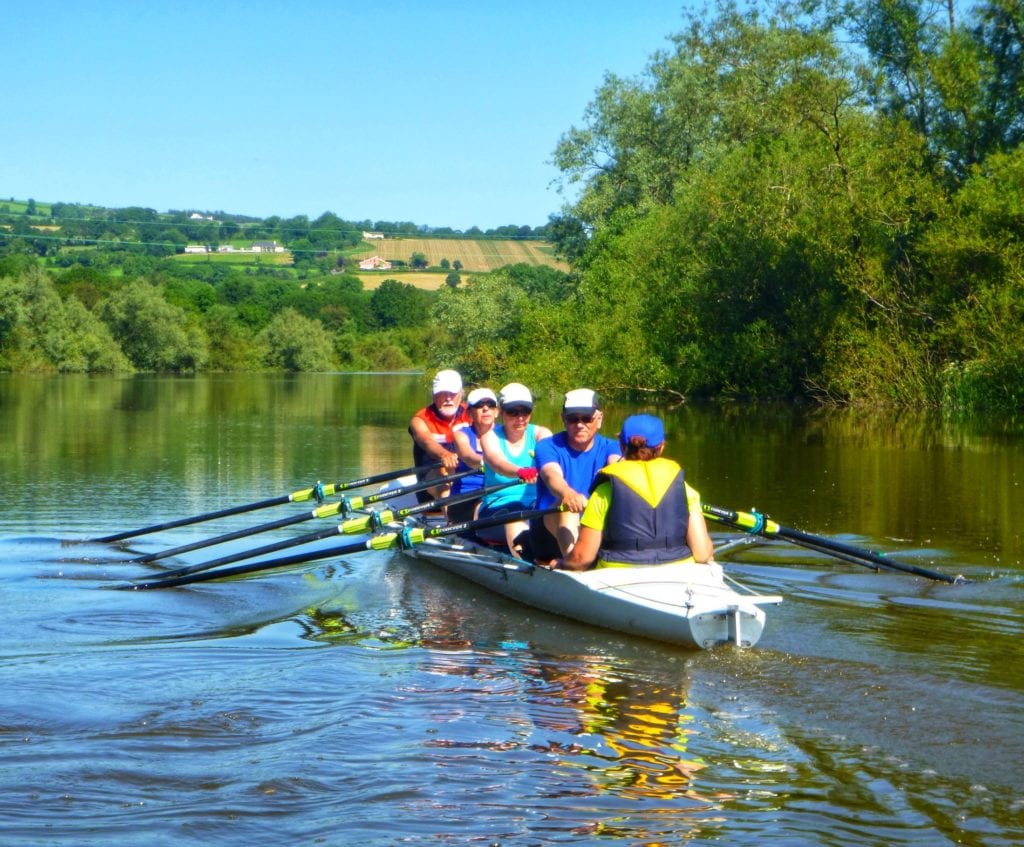
On the River Nore explore Graigenamanagh’s Duiske Abbey, woolen mill and crystal studio, where contemporary and traditional crystal designs may be found.
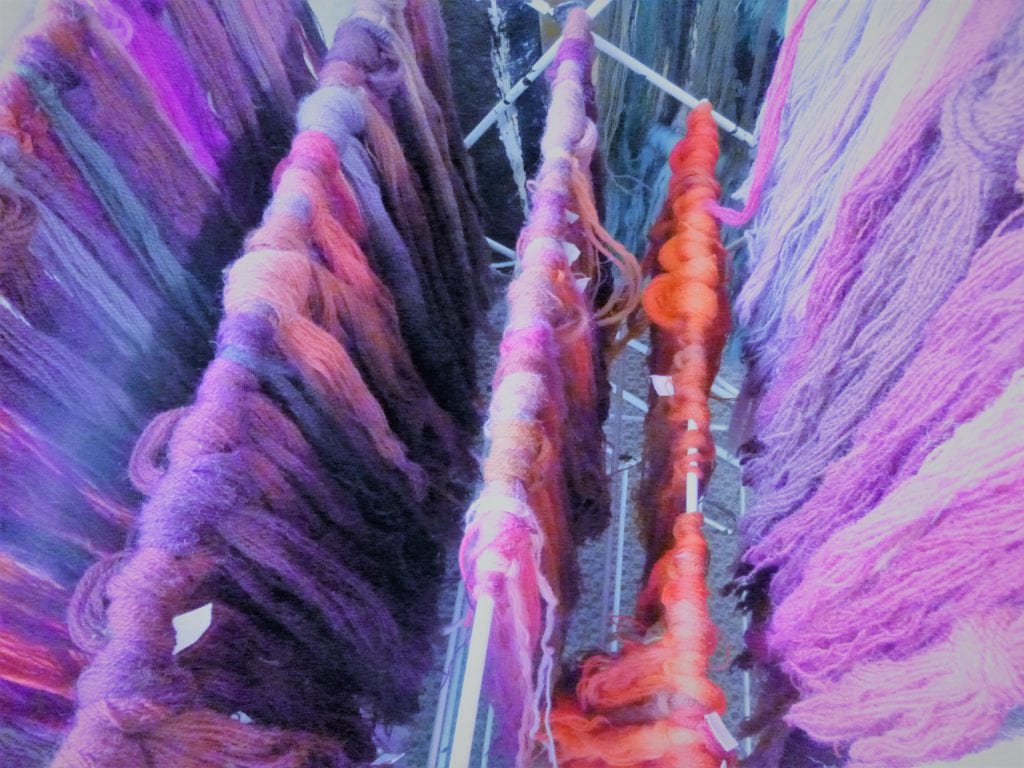
On the River Nore explore Graigenamanagh’s Duiske Abbey, woolen mill and crystal studio, where contemporary and traditional crystal designs may be found.
River Nore
To reach the River Nore, a brief row heads up the Barrow from New Ross. The River Nore is the most intimate of rivers, as it cuts its narrow winding route among high green hills. The destination is charming Inistioge, a village so picture perfect that it has been the set for several films. Après-row, Inistioge is great to stroll around, or take a vigorous walk over Brandon Hill to return to explore Graigenamanagh’s Duiske Abbey, woolen mill and crystal studio. When done exploring, quaff a refreshing ale in a charming pub, which is also a hardware store. Why not?
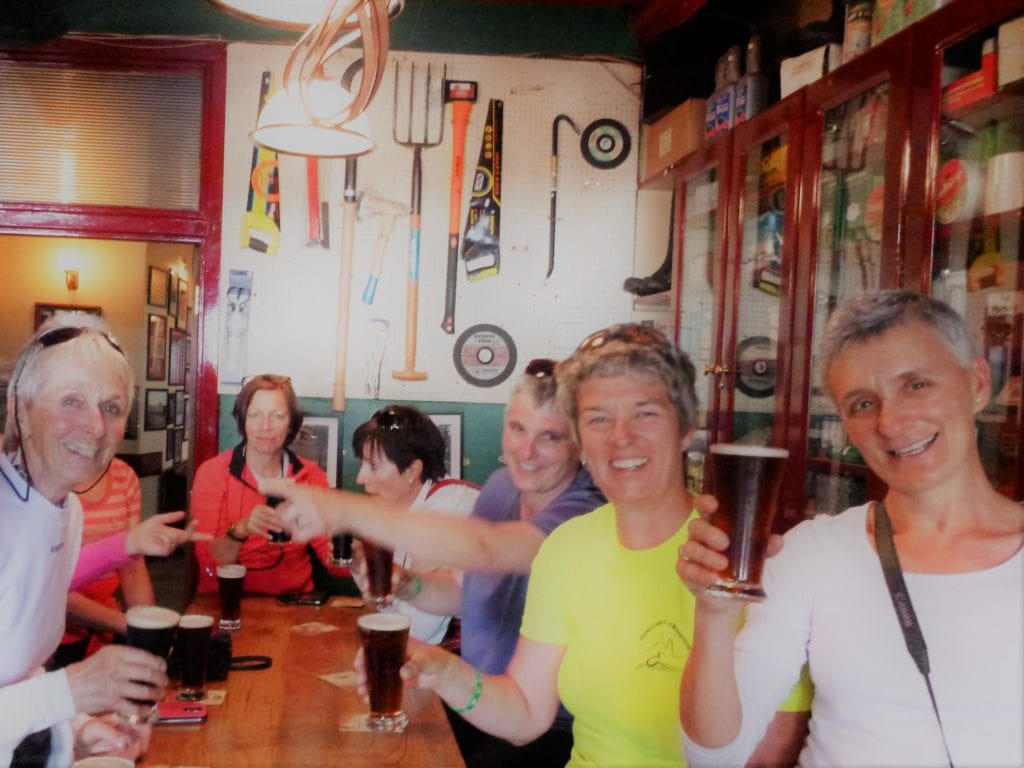
Graignamanagh, meaning “village of the monks” is home to Duiske Abbey, the largest of the thirty-four medieval Cistercian abbeys in Ireland as well as a pub that also serves as a hardware store.
Kilkenny is also situated on the River Nore. With a castle, ambient pubs, top-notch restaurants in a labyrinth of medieval lanes, Kilkenny is one of Ireland’s top destinations. The city is best explored on foot or bicycle, with stops at the cathedral and a wander among the colourful shops.
River Liffey or River Suir or more River Barrow
The weather and tides determine our destination on the Ireland: Four Rivers trip. Likely we will head north to the county of Wicklow and Blessington Lake, a reservoir created by the damming of the River Liffey. The Liffey has several arms, and we will choose our route and length of the row based on water conditions that day. Or, we may explore a different section of the Barrow upstream of Graigenamanagh. Alternately, we could row the River Suir in the county of Waterford, which flows to Waterford—yes, that of Waterford Crystal. Not only is it known for its crystal, but Waterford, Ireland’s oldest city, carries a blend of Viking, Norman and Georgian history and architecture.
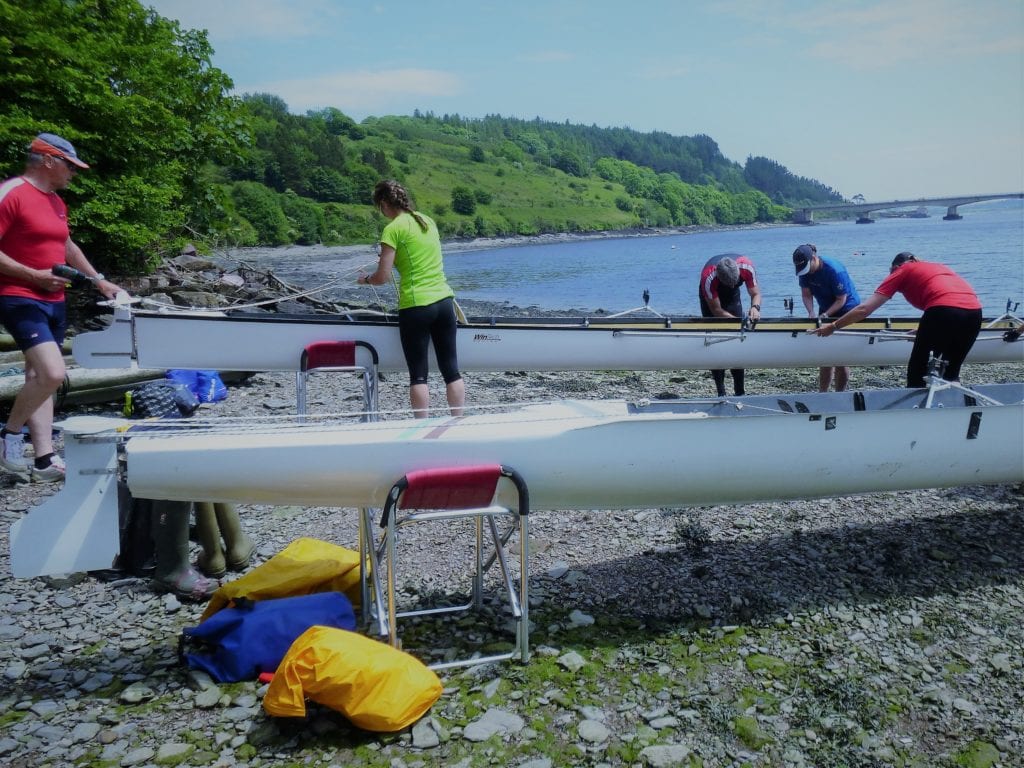
The River Blackwater, one of Ireland’s most beautiful rivers, was once the waterway of the region, when barges and sailing ships plied the river pre-railway, bringing merchandise from Youghal and returning with the valley produce.
River Blackwater
This river is the most tidal and the tide will determine if we row upriver from near the sea at Youghal or downriver from Cappoquin. The launch near the sea at Youghal is a seaweed-laden beach on a broad stretch bordered by low green hills. The start by Cappoquin, conversely, is on a narrower stretch, with the Knockmealdown Mountains forming a backdrop.
Castles, ruined abbeys and manor houses grace the shores of this river, famous for its salmon and trout fishing. Ballynatray Estate, a fine example of an 18th century country castle house set on 800 acres at a bend along the river, offers activities such as fishing, snooker or a simulated or full-on pheasant shoot. The lands and Georgian buildings combine to give rowers a stately row in the sunny southeast of Ireland.
Read more about Rowing in Ireland:
How to Choose: Italy or Ireland?
The Rower and Other Important Place Names in Ireland

